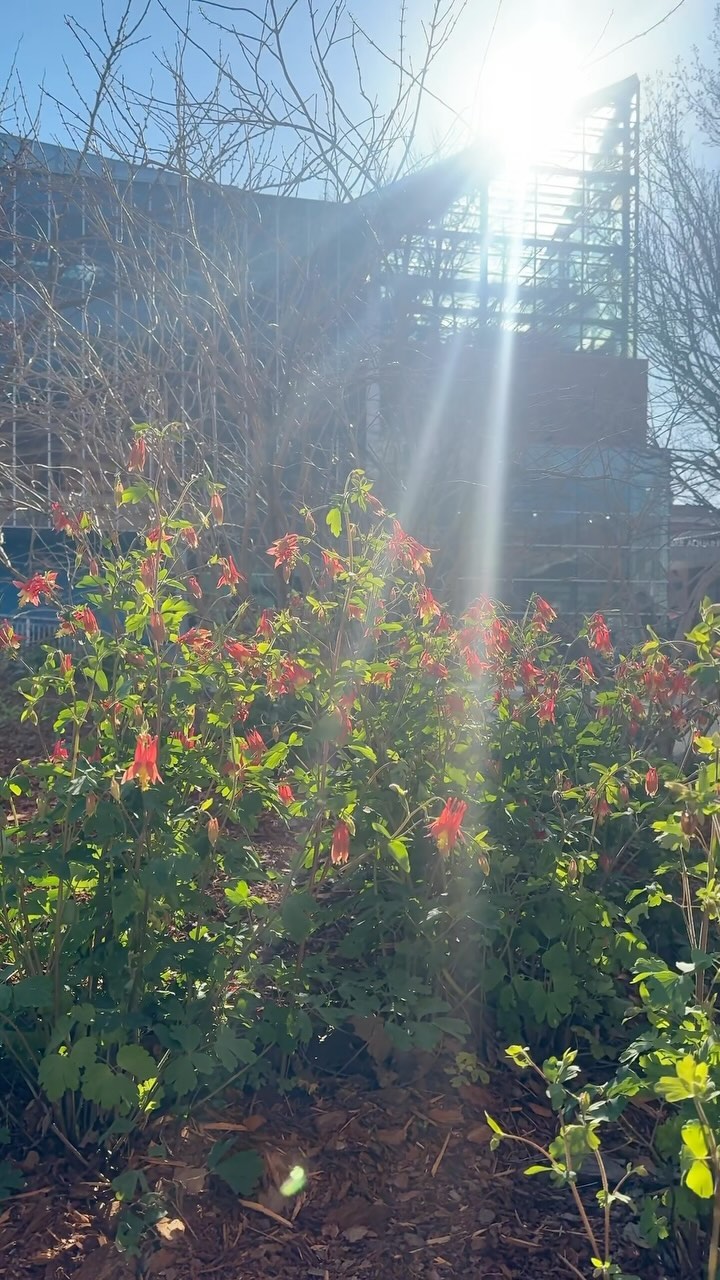– The role of pollinators in ecosystem health and biodiversity.
– The importance of designing zoological spaces to support native flora and fauna.
– The conservation efforts that can be incorporated into zoo management.
– Educational strategies to increase public awareness about wildlife conservation.
Spring ushers in a season of rejuvenation and renewed life, a time when zoos and public spaces can play a pivotal role in the conservation and education of biodiversity. With the first blossoms of Spring, plazas and gardens become a mosaic of color, inviting an array of pollinators to partake in nature’s renewal. Zoos, often seen primarily as places for observing animals, also hold crucial opportunities for conservation outside their exhibit areas. The celebration of Spring at these venues is an aesthetic enhancement and an ecological necessity.
Pollinators, including bees, butterflies, hummingbirds, and various other species, are the unsung heroes of biodiversity, critical to the reproduction of many plants. These creatures facilitate the fertilization of flowers by transferring pollen and producing seeds and fruits. Their efforts bolster plant populations, providing habitat and food resources for a wide spectrum of wildlife. Pollination is also essential for crops, contributing significantly to the world’s food supply. However, pollinator populations face threats due to habitat destruction, pesticide use, climate change, and other human activities.
To address these challenges, gardens and plazas within or adjacent to zoo spaces serve as a sanctuary for the eye and as conservation hubs. By incorporating native plant species that bloom in succession through multiple seasons, these green spaces can ensure a continuous food supply for pollinators. Additionally, these areas offer a living classroom for zoo visitors, providing tangible examples of healthy ecosystems and the pivotal roles that all species play within them.
When designing these spaces, zoo planners must balance visitor experience, aesthetics, and ecosystem service provision. The selection of plant varieties should be carefully considered to match the local climate and soil conditions, ensuring a high success rate for growth and bloom. Apart from aesthetics, these flowering plants are integrated into educational programs at the zoo, showcasing their importance to the environment and providing practical actions that people can take to support pollinator health, such as planting pollinator-friendly gardens at home or advocating for the reduction of pesticide use in their communities.
Furthermore, effective zoo management reflects a commitment to sustaining and enhancing native wildlife populations. This requires a strategic approach to habitat design within the zoo, which includes creating spaces that mimic natural ecosystems. These habitats are not only for the large, charismatic fauna that draws the lion’s share of attention but also for the local and native species that are often overlooked. By promoting biodiversity at every level, zoos contribute to the ecological tapestry of the regions they serve, reinforcing their mission of conservation and education.
Educational programs at zoos actively encourage the public’s interest in the natural world. They often focus on flagship species—the well-known animals that inspire awe and empathy. However, the education initiatives extend beyond these creatures to include lesser-known but equally important animals and plants. Interactive displays, guided tours, and educational signage throughout zoological gardens impart knowledge about the life cycles of plants, the importance of pollinators, and the complex interdependencies among species.
In today’s fast-paced world, where urbanization often disconnects people from nature, zoos play a crucial role in reconnecting people with the Earth’s biodiversity. They serve as green oases where visitors can witness the full array of nature’s splendor. From the fish in the aquarium to the pollinators in the garden, every species has a story that can inspire conservation action.
In summary, as we prepare for spring’s vibrancy, let us recognize the significant opportunities that this season brings. Zoological gardens and plazas are more than just attractions; they are vital components of an interconnected world where conservation and education converge for the benefit of all species. Through thoughtful exhibit and habitat design and comprehensive educational initiatives, zoos can foster a conservation ethic that extends far beyond their borders, nurturing a society that values and protects the natural wonders of our world.
*****
Source Description
Hey, Spring, we’re ready for you! 🌸 Our plaza is buzzing with vibrant colors, welcoming all pollinators.🐝
As you explore outside the aquarium, look for blossoming flowers and native pollinators.🌷 Truth be told, we can’t wait to see them all in full bloom!


